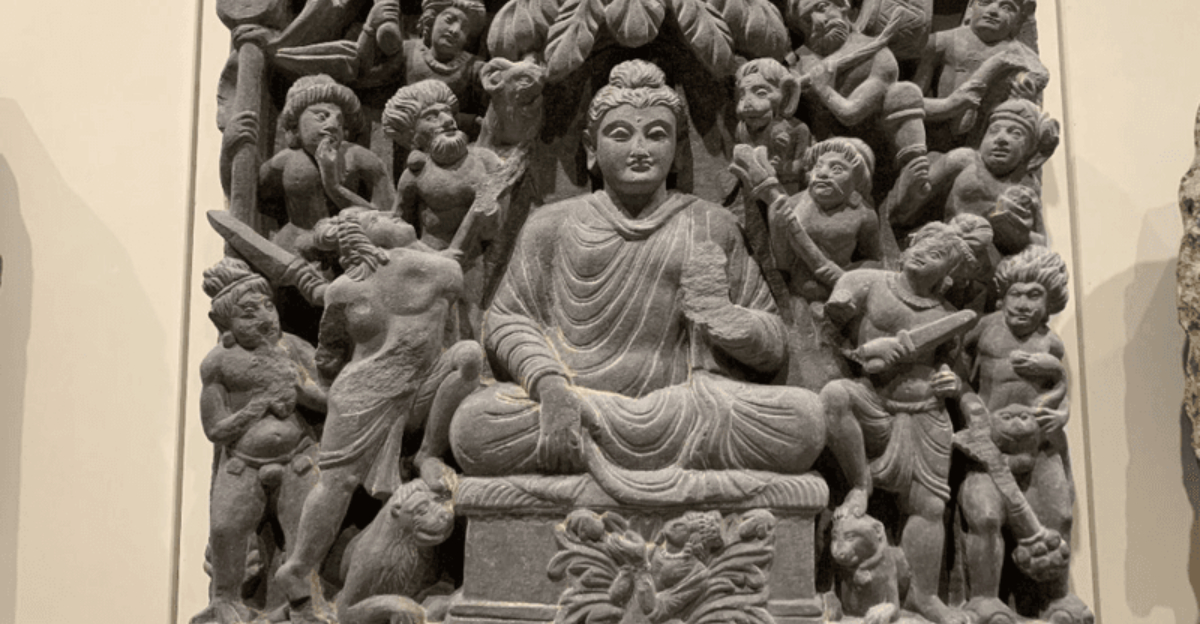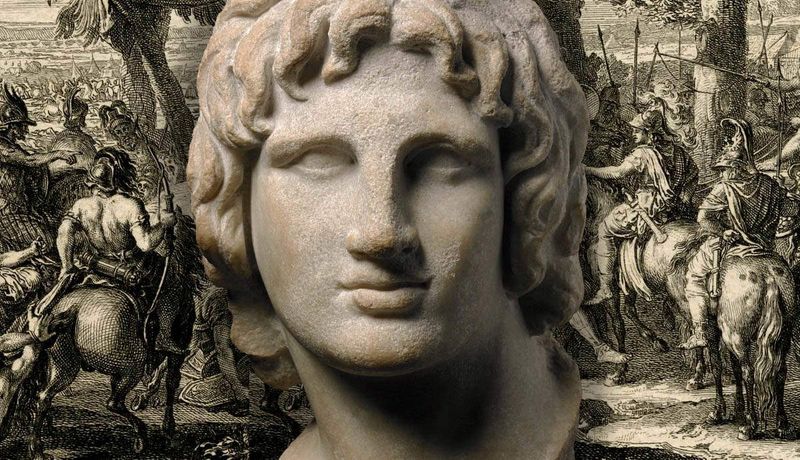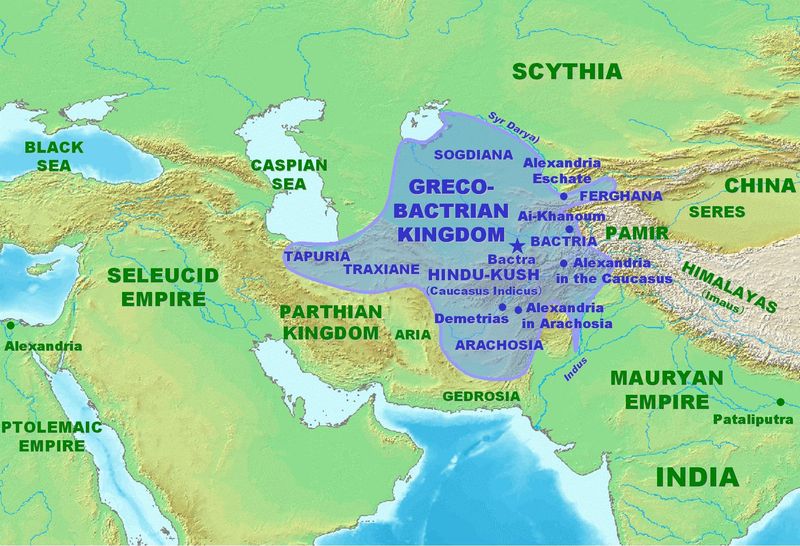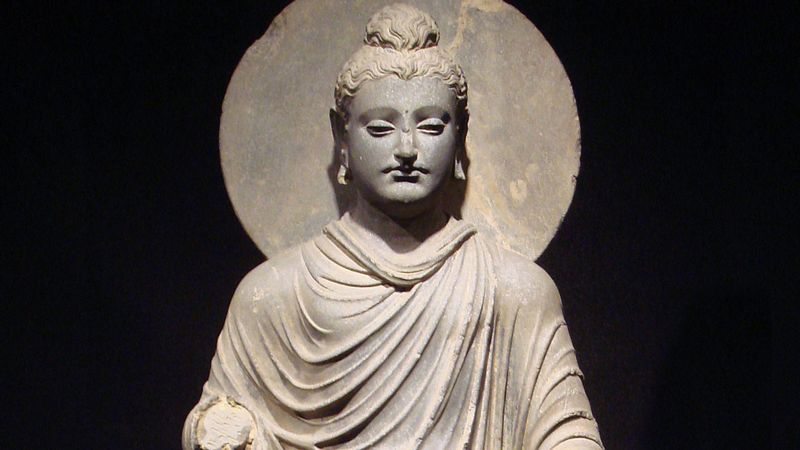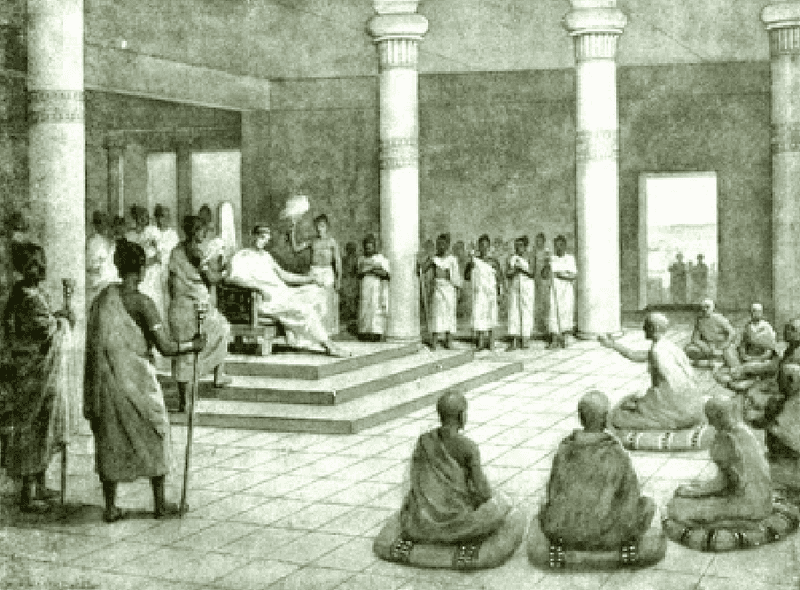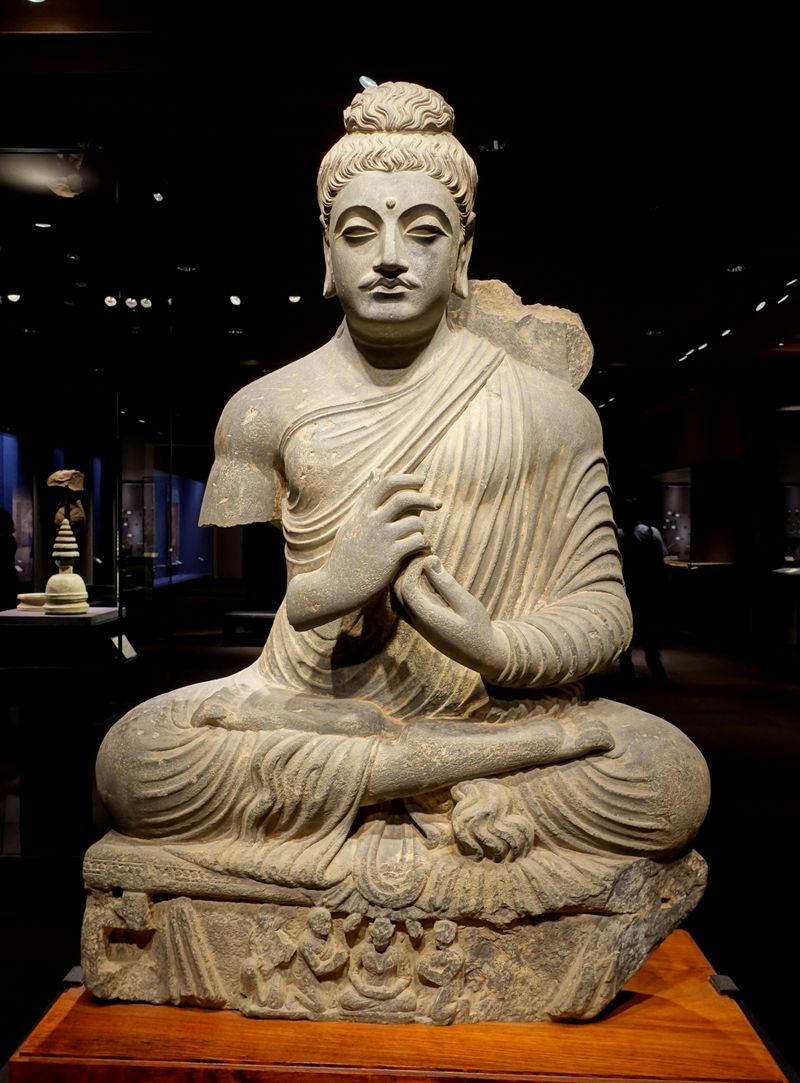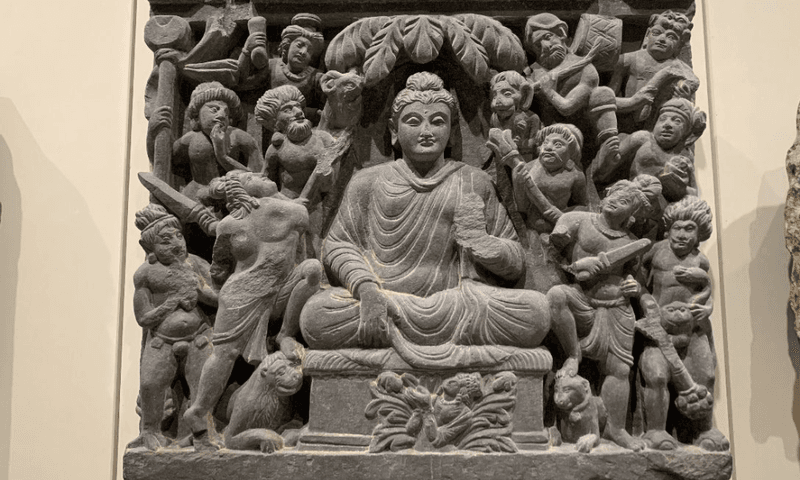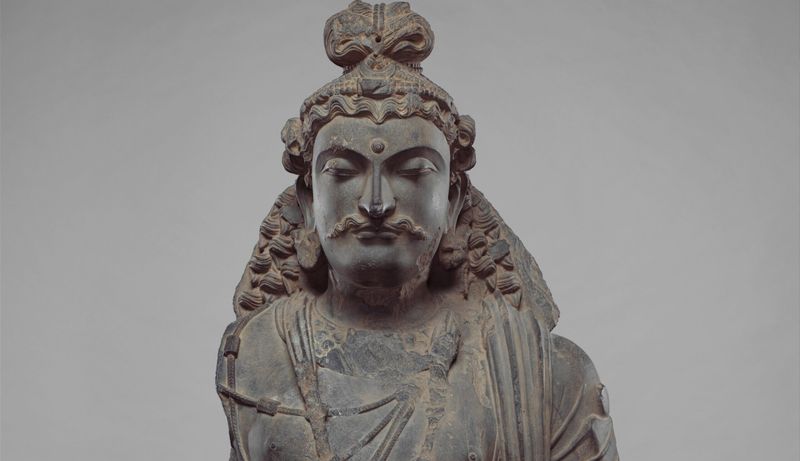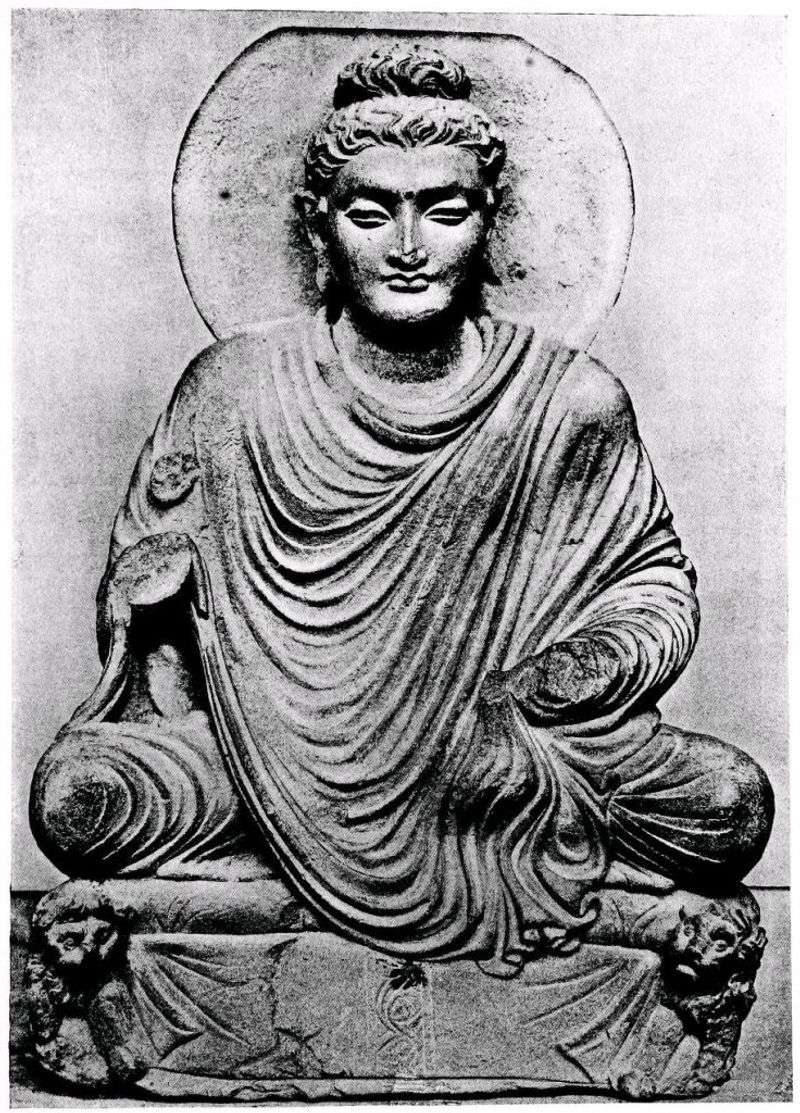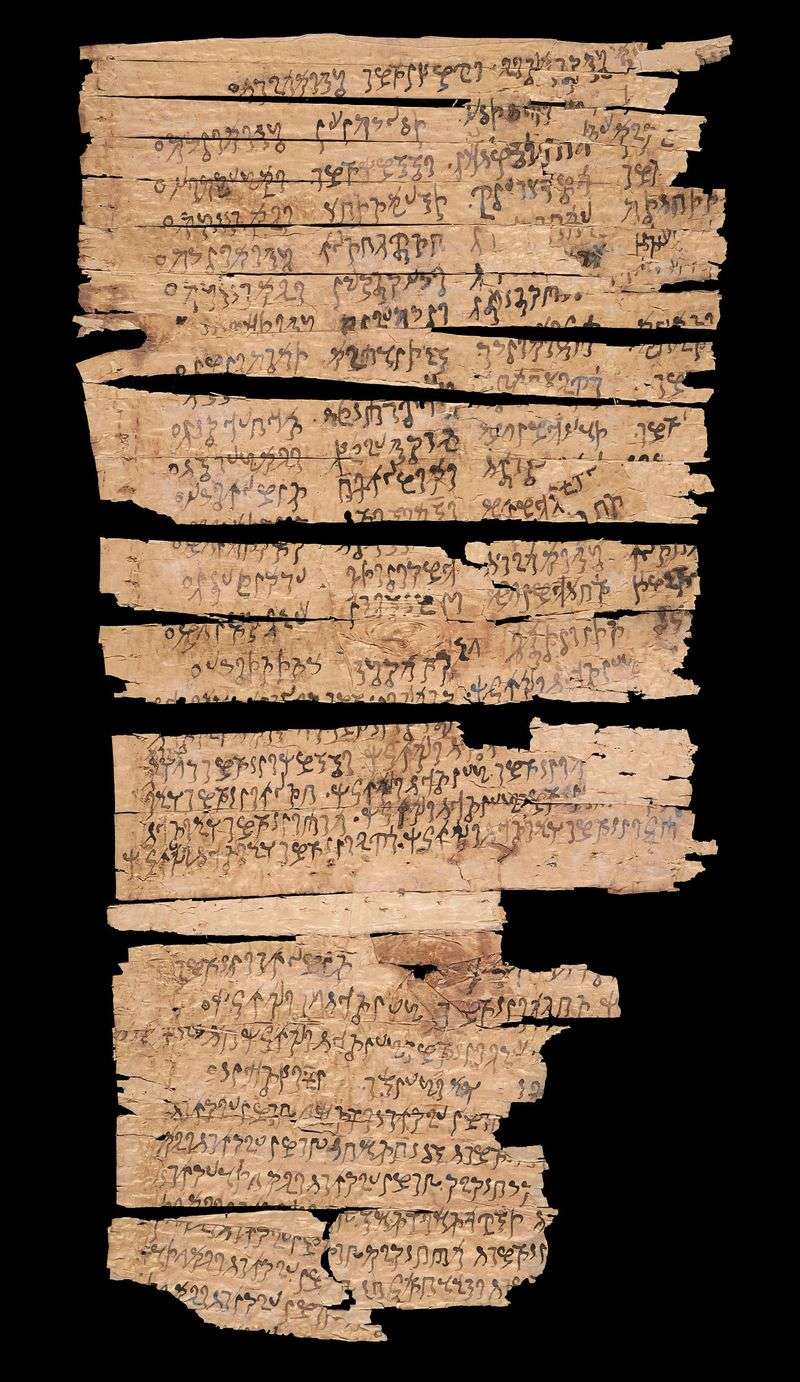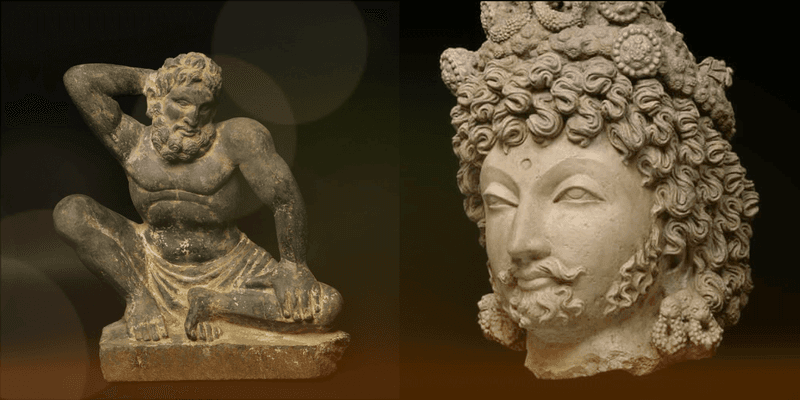The fascinating intersection of Greek and Buddhist cultures emerged after Alexander the Great’s campaigns in India. The subsequent Greco-Indian interactions led to a unique blend of art, philosophy, and spirituality. This post explores ten key aspects of this historical fusion, showcasing the profound impact of Greek thought on Buddhist traditions.
1. Alexander the Great’s Legacy in India
Alexander the Great’s invasion of India (327–325 BCE) left a legacy of Greek settlements that engaged deeply with local cultures. These communities, intrigued by the spiritual richness of Buddhism, facilitated a cultural exchange that enriched both traditions. Alexander’s conquests opened new trade routes, allowing ideas and philosophies to flow between Greece and India. This interaction laid the groundwork for a unique fusion of Greek and Buddhist elements, shaping the cultural landscapes of both regions for centuries. The legacy of this exchange is evident in the archaeological and historical records of the time.
2. The Greco-Bactrian Kingdom (250–130 BCE)
In Central Asia, the Greco-Bactrian Kingdom became a vibrant center for the development of Buddhist art and thought. Greek rulers, such as Menander I, embraced Buddhism, contributing to the spread of the religion. The kingdom’s strategic location facilitated exchanges between East and West, with Greek artistic styles influencing Buddhist iconography. This period saw the emergence of syncretic cultures, blending Greek and Buddhist philosophies. The art and architecture from this era reflect a remarkable synthesis of Hellenistic and Buddhist elements, symbolizing a rich tapestry of cultural interactions.
3. The Indo-Greek Kingdom (180 BCE–10 CE)
The Indo-Greek Kingdom, spanning parts of modern-day Afghanistan, Pakistan, and India, was a melting pot of Greek and Indian cultures. Many Indo-Greek kings, fascinated by the teachings of Buddhism, adopted the religion and promoted its spread. The kingdom’s multi-ethnic environment fostered a dynamic exchange of ideas and traditions, influencing both Greek and Indian societies. Art and coinage from this era depict a harmonious blend of Greek and Buddhist symbols, illustrating the seamless integration of these diverse influences. This cultural fusion had lasting impacts on regional development.
4. The Milinda Panha – A Greek King’s Buddhist Dialogue
The Milinda Panha, an influential Buddhist text, captures a philosophical dialogue between King Menander I (Milinda) and the monk Nagasena. Their conversations delve into profound Buddhist concepts, with Menander’s inquisitive nature driving the discourse. This unique exchange illustrates the Greek king’s deep engagement with Buddhist philosophy, highlighting the intellectual curiosity of the time. The text serves as a testament to the open-mindedness and cultural interactions between Greek and Buddhist thinkers. It remains a significant work in understanding the philosophical landscape of the era.
5. Greek Influence on Buddhist Art
Greek artists revolutionized Buddhist art by introducing human representations of Buddha, a departure from earlier symbolic depictions. This transformation melded Hellenistic realism with Buddhist spirituality, creating a new artistic paradigm. Greek artistic techniques, characterized by realistic portrayals and attention to detail, profoundly influenced Buddhist iconography. The resulting art pieces not only enhanced the visual narrative of Buddhism but also facilitated its broader acceptance across diverse cultures. This blending of artistic styles reflects the harmonious convergence of Greek and Buddhist beliefs, enriching both traditions.
6. The Gandhara School of Art
The Gandhara School of Art, flourishing in modern-day Pakistan and Afghanistan, epitomizes the fusion of Greek and Buddhist artistic traditions. Sculptures from this period exhibit Greek facial features, intricately draped robes, and curly hair reminiscent of Apollo. This art style represents a tangible synthesis of Hellenistic and Buddhist elements, reflecting the cultural exchanges of the era. The Gandhara art not only served religious purposes but also became a medium for philosophical expressions, embodying a unique blend of aesthetics and spirituality. Its legacy continues to inspire modern interpretations.
7. Greek Buddhist Monks & Missionaries
The Mahavamsa chronicles mention Greek monks sent by the Buddhist Emperor Ashoka to spread the faith across Asia. Notably, Dhammarakkhita the Greek, an influential missionary, preached in Aparanta (Western India). These Greek monks played pivotal roles in disseminating Buddhist teachings, bridging cultural gaps between the East and West. Their efforts in promoting Buddhism were instrumental in establishing the religion in new regions, facilitating cross-cultural understanding. The presence of Greek monks underscores the broad appeal and adaptability of Buddhism across diverse cultural landscapes.
8. The Greek Buddhist Philosopher – Pyrrho of Elis
Pyrrho of Elis, the founder of Pyrrhonism, was deeply influenced by his travels to India with Alexander the Great. Experiencing Eastern philosophies firsthand, he developed an appreciation for Buddhist teachings on detachment and tranquility. Pyrrho’s philosophical outlook, characterized by skepticism and a quest for inner peace, reflects these encounters. His exposure to diverse worldviews enriched his philosophy, shaping his ideas that would later influence Western thought. Pyrrho’s journey symbolizes the broader intellectual exchanges between Greece and India, fostering mutual understanding and respect.
9. The Greek Words in Buddhist Texts
Buddhist texts from the Gandhara region reveal intriguing linguistic exchanges, with Greek loanwords enriching local dialects. Terms like “stupa” are believed to have Greek origins, showcasing the linguistic influence of Greek settlers. The Kharosthi script, employed in Gandhara, was adapted from Greek alphabets, reflecting the integration of Greek and local cultures. This blending of languages illustrates the depth of cultural interactions, allowing for a richer textual tradition. These linguistic exchanges enhanced the transmission of Buddhist teachings, bridging language barriers and fostering broader accessibility.
10. The Decline & Legacy
By the 1st century CE, the Greek Buddhist kingdoms faced decline due to invasions and shifting political powers. Despite this, their cultural and philosophical legacies endured. The spread of Buddhism to Central Asia and China was partly facilitated by Greek influences, as art and philosophy transcended borders. The harmonious fusion of Greek and Buddhist elements left an indelible mark on the regions they touched. This legacy of intercultural exchange continues to resonate, highlighting the enduring impact of Greek thought on the spread and evolution of Buddhism across Asia.
